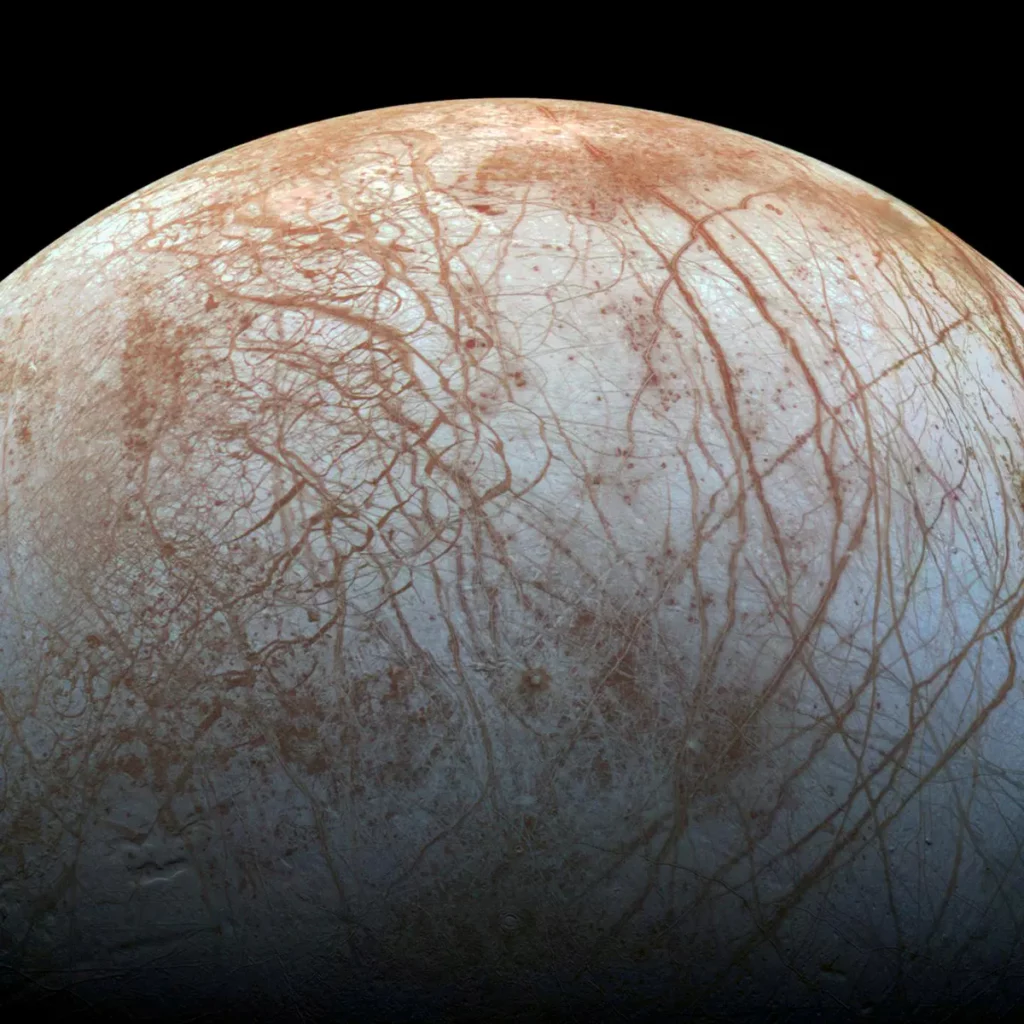In a groundbreaking discovery, NASA’s James Webb Space Telescope has identified carbon dioxide in a specific region on the icy surface of Jupiter’s moon, Europa.

This finding has significant implications for the moon’s potential to harbor life, as it suggests that Europa’s subsurface ocean may contain the essential elements required for life as we know it.
Why have aliens never visited Earth? Scientists reveal a disturbing answer
The Importance of Carbon
Carbon is a fundamental building block for life, and its presence on Europa is a monumental discovery. According to Geronimo Villanueva of NASA’s Goddard Space Flight Center and Samantha Trumbo of Cornell University, the lead authors of the studies, the carbon dioxide likely originated from Europa’s subsurface ocean. This contradicts previous theories that suggested the carbon could have been delivered by meteorites or other external sources.
Tara Regio: A Hotspot for Carbon Dioxide
The carbon dioxide is most abundant in a region called Tara Regio, a geologically young area known as “chaos terrain.” This area has been the subject of previous studies that showed evidence of ocean-derived salt. The high concentration of carbon dioxide in this region further supports the idea that the element has its ultimate origin in Europa’s internal ocean.
Future Missions
NASA plans to launch its Europa Clipper spacecraft in October 2024 to perform dozens of close flybys of Europa. This mission aims to investigate further whether the moon could have conditions suitable for life.

Implications for Habitability
The discovery of carbon dioxide on Europa’s surface opens up new avenues for understanding the moon’s habitability. It suggests that the subsurface ocean may contain the chemicals needed for life, making Europa a prime candidate for future exploration missions focused on the search for extraterrestrial life.

Credits: Science Credit: Geronimo Villanueva (NASA/GSFC), Samantha Trumbo (Cornell Univ.), NASA, ESA, CSA. Image Processing Credit: Geronimo Villanueva (NASA/GSFC), Alyssa Pagan (STScI
The identification of carbon dioxide on Europa by NASA’s James Webb Space Telescope is a significant step forward in our understanding of the moon’s potential habitability. As we await further investigations from upcoming missions like the Europa Clipper, this discovery adds a new layer of excitement and possibility to the quest for life beyond Earth.
Reference(s):

